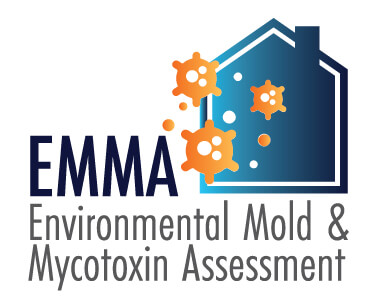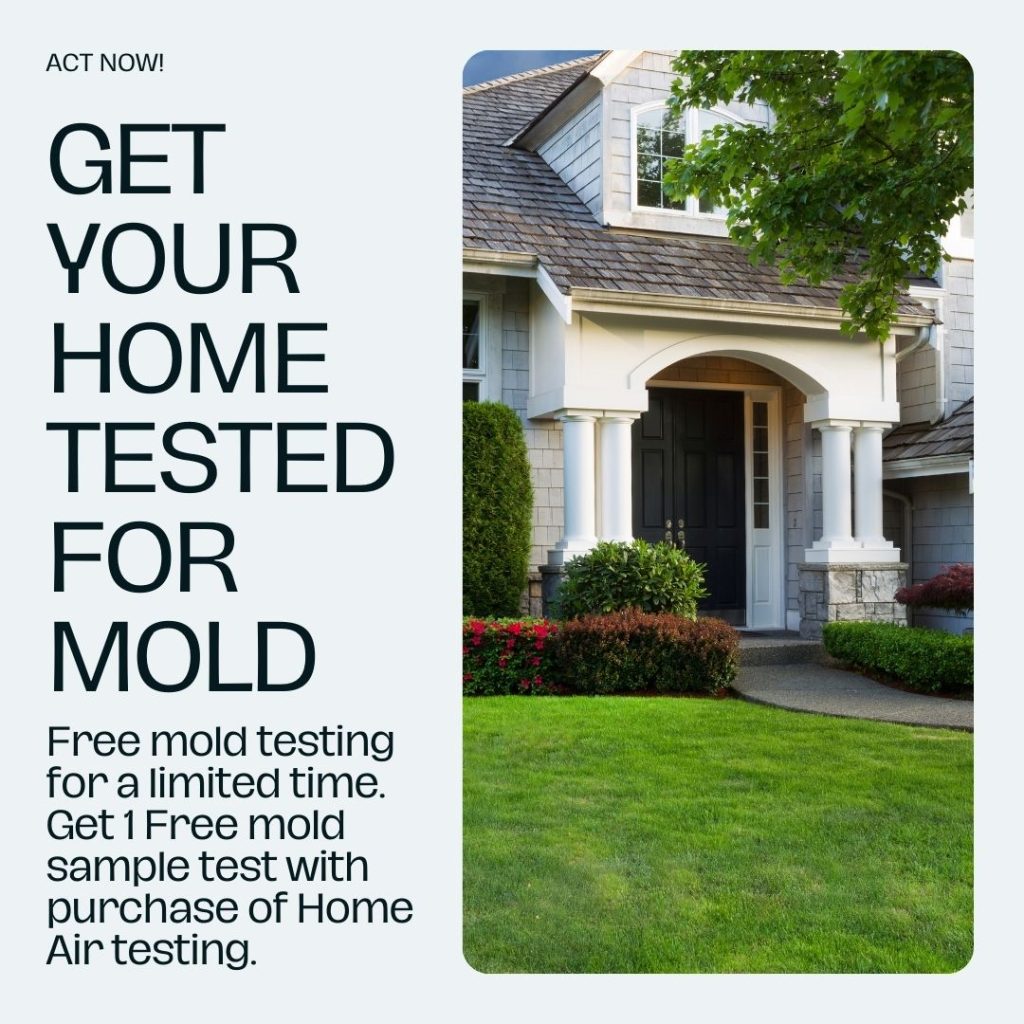Boost Your Safety Protocols with Professional Mycotoxin testing Services
Boost Your Safety Protocols with Professional Mycotoxin testing Services
Blog Article
Just How Mycotoxin Testing Aids Protect Against Contamination and Safeguard Food Materials

Mycotoxin screening is an essential practice in the food sector, working as a frontline protection against contamination by hazardous toxins generated by mold and mildews. With the application of sophisticated strategies like High-Performance Fluid Chromatography (HPLC) and Liquid Chromatography-Mass Spectrometry (LC-MS), food producers can accurately detect and evaluate mycotoxin degrees in farming products. This aggressive technique not only guarantees compliance with rigorous security policies yet likewise mitigates wellness dangers to consumers. Normal testing strengthens brand track record and financial wellness by decreasing contamination-related cases. So, exactly how specifically do these testing procedures integrate into the more comprehensive food safety approach?
Comprehending Mycotoxins
Comprehending mycotoxins starts with acknowledging that they are hazardous second metabolites generated by particular mold and mildews, which can pollute farming items. These metabolites are not essential for the growth or recreation of the fungis yet can have serious ramifications for animal and human health and wellness. Mycotoxins are typically discovered in staple crops such as corn, wheat, barley, and nuts, where they can proliferate under specific problems of dampness and temperature level.
There are a number of kinds of mycotoxins, each produced by different fungal species. Aflatoxins, produced by Aspergillus species, are amongst one of the most well-known, known for their cancer causing residential properties. One more significant team consists of ochratoxins, created by Aspergillus and Penicillium species, which have nephrotoxic results. Fusarium types produce trichothecenes and fumonisins, both of which are connected with numerous severe and persistent wellness problems.

Dangers of Mycotoxin Contamination
The dangers of mycotoxin contamination are multifaceted, presenting considerable threats to both food security and public health. Mycotoxins, poisonous compounds generated by specific kinds of fungi, can infect a broad array of agricultural items including cereals, nuts, seasonings, dried fruits, and coffee.
Financial impacts are an additional major worry. Contaminated crops can cause considerable economic losses for farmers and food producers as a result of reduced returns and the need for expensive purification steps. International trade can be dramatically prevented as countries impose stringent mycotoxin laws to protect their populations, leading to turned down deliveries and stretched profession relations.
Environmental elements such as environment adjustment aggravate the threat of mycotoxin contamination. Variations in temperature and humidity can create positive problems for fungal development, raising the likelihood of contamination events. Thus, understanding and mitigating these risks are important for ensuring the security and stability of worldwide food materials.
Techniques of Mycotoxin Evaluating
Precisely determining mycotoxin contamination in agricultural items is necessary for securing public wellness and preserving food security requirements. Various methods are employed to detect and quantify mycotoxins, each offering details benefits and restrictions.
High-Performance Liquid Chromatography (HPLC) is a commonly used method as a result of its high level of sensitivity and accuracy. It involves dividing mycotoxins from various other imp source compounds in a sample, making it possible for exact metrology. Fluid Chromatography-Mass Spectrometry (LC-MS) integrates liquid chromatography with mass spectrometry to provide thorough molecular info, making it particularly valuable for determining multiple mycotoxins concurrently.

Gas Chromatography-Mass Spectrometry (GC-MS) and Thin-Layer Chromatography (TLC) are likewise employed, each with unique applications. GC-MS is efficient for unstable mycotoxins, while TLC offers a less complex, affordable option for preliminary testing.
Benefits of Regular Testing
Regular testing for mycotoxins in agricultural items uses numerous advantages, dramatically adding to public health and wellness and food security. By recognizing contamination early, normal testing aids avoid the distribution of poisonous foods, therefore reducing the risk of mycotoxin-related illnesses amongst consumers. This positive strategy not just safeguards human health and wellness however also boosts the general quality of food products.
Constant testing additionally supports governing compliance. Various nations and regions have actually established rigorous limitations for mycotoxin degrees in food and feed. Following these limits with routine screening makes certain that producers and suppliers fulfill legal criteria, thereby staying clear of penalties and profession barriers. Moreover, preserving conformity promotes customer trust and brand name reputation, which are essential for market success.
In addition, regular mycotoxin testing can cause substantial economic advantages. Early discovery of contamination allows for timely intervention, minimizing possible losses from prevalent contamination. Executing routine screening methods can additionally decrease recall costs and related liabilities, which can be economically ravaging.
Moreover, routine screening supplies important data that can notify much better agricultural methods and storage conditions. By understanding patterns of contamination, producers can adopt preventive steps, thus reducing future risks and contributing to the sustainability of the food supply chain.
Applying Checking Procedures
Executing reliable mycotoxin testing protocols is crucial for ensuring the safety and security and high quality of farming products. Each stage needs to be scrutinized to determine where mycotoxin contamination is most likely to happen.
As soon as important control factors are identified, picking suitable screening techniques is essential. Typical techniques consist of enzyme-linked immunosorbent assay (ELISA), high-performance fluid chromatography (HPLC), and mass spectrometry (MS) Each technique has its weak points and staminas; thus, picking the Go Here proper one relies on the particular mycotoxin being tested, the required sensitivity, and readily available resources.

Lastly, incorporating the testing protocols right into an extensive food safety and security administration system is recommended. This boosts traceability and allows swift restorative activities when contamination is discovered, thereby securing the integrity of the food view publisher site supply chain.
Verdict
Mycotoxin testing is crucial in stopping contamination and safeguarding food materials by enabling early discovery of damaging contaminants created by molds in agricultural items. Advanced techniques such as HPLC and LC-MS make certain compliance with safety and security policies and shield consumers from health and wellness threats. Routine screening boosts brand track record, financial stability, and trust fund in food safety by minimizing contamination-related losses and preserving high requirements in food manufacturing. Executing extensive screening protocols is thus crucial for the market's general health.
Mycotoxin testing is an important method in the food market, serving as a frontline defense against contamination by damaging toxic substances created by molds. An integrated approach involving farming techniques, storage space monitoring, and routine testing can reduce the risks associated with mycotoxin contamination, ensuring food safety and security and public wellness.
The threats of mycotoxin contamination are diverse, positioning significant threats to both food safety and public wellness.Routine screening for mycotoxins in farming items provides many advantages, dramatically adding to public health and wellness and food safety.Mycotoxin screening is necessary in stopping contamination and protecting food supplies by making it possible for early discovery of unsafe toxic substances produced by mold and mildews in agricultural items.
Report this page